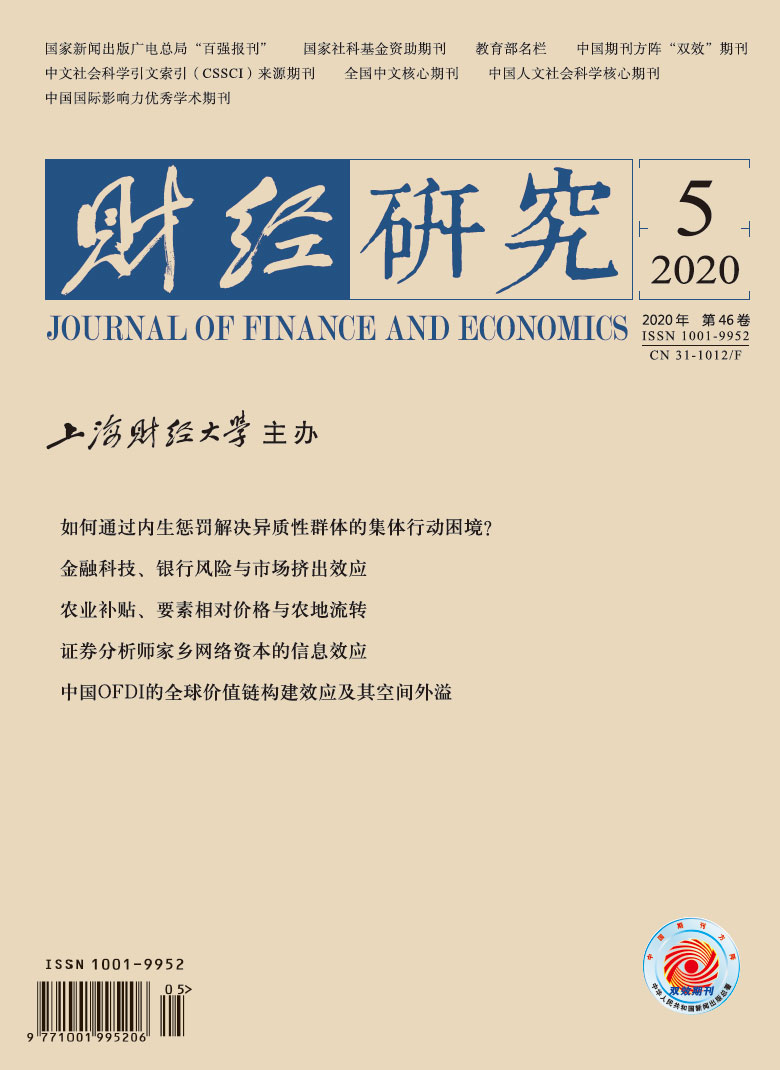Since the reform and opening up 40 years ago, the scope and scale of agricultural subsidies have been expanding, but the enthusiasm of farmers in agricultural production has not been effectively improved, and agricultural land fragmentation, too small scale and low efficiency of agricultural production have not changed. According to the economic nature of China’s agricultural subsidies, this paper divides the existing agricultural subsidies into three categories: inclusive, capital and incentive, respectively, to study the impact of agricultural subsidies on the relative price of factors and the transfer of agricultural land.
Based on the data of “A Survey of Thousands of Villages in China” in 2011-2018, the study finds that: The rate of small-scale farmers’ land rental is on the decline, the rate of independent management and abandonment is on the rise, while the rate of large-scale farmers’ land rental is on the rise. The empirical results show that: Capital subsidies reduce the price of capital relative to labor, promote the increase of farmers’ capital input, and then improve the willingness of large-scale farmers to rent in farmland; incentive subsidies are similar to efficiency wages, which increase the income of agricultural production relative to non-agricultural employment, reduce the willingness of small-scale farmers to rent out farmland, or raise the rent of farmland in the process of transfer, so that the cost of large-scale farmers renting farmland increases, and incentive subsidies’ promoting effect on large-scale farmers’ renting farmland decreases; inclusive subsidies are similar to the dividend generated by interest earning assets, which have a positive impact on the transfer of agricultural land.
Farmers’ wage income is the opportunity cost for farmers to engage in agricultural production. The higher the wage income is, the more willing small farmers are to rent out farmland. Due to the existence of capital subsidies,when large farmers expand the scale, they mainly increase capital investment, but not raise labor employment, so higher wage income often promotes large farmers to rent in farmland. Because of regional endowment and economic development, there is heterogeneity in the effect of agricultural subsidies in non-main production areas. Therefore the positive effects of capital subsidies and inclusive subsidies on the transfer of agricultural land are not significant in non-main production areas.






 5551
5551  7114
7114

